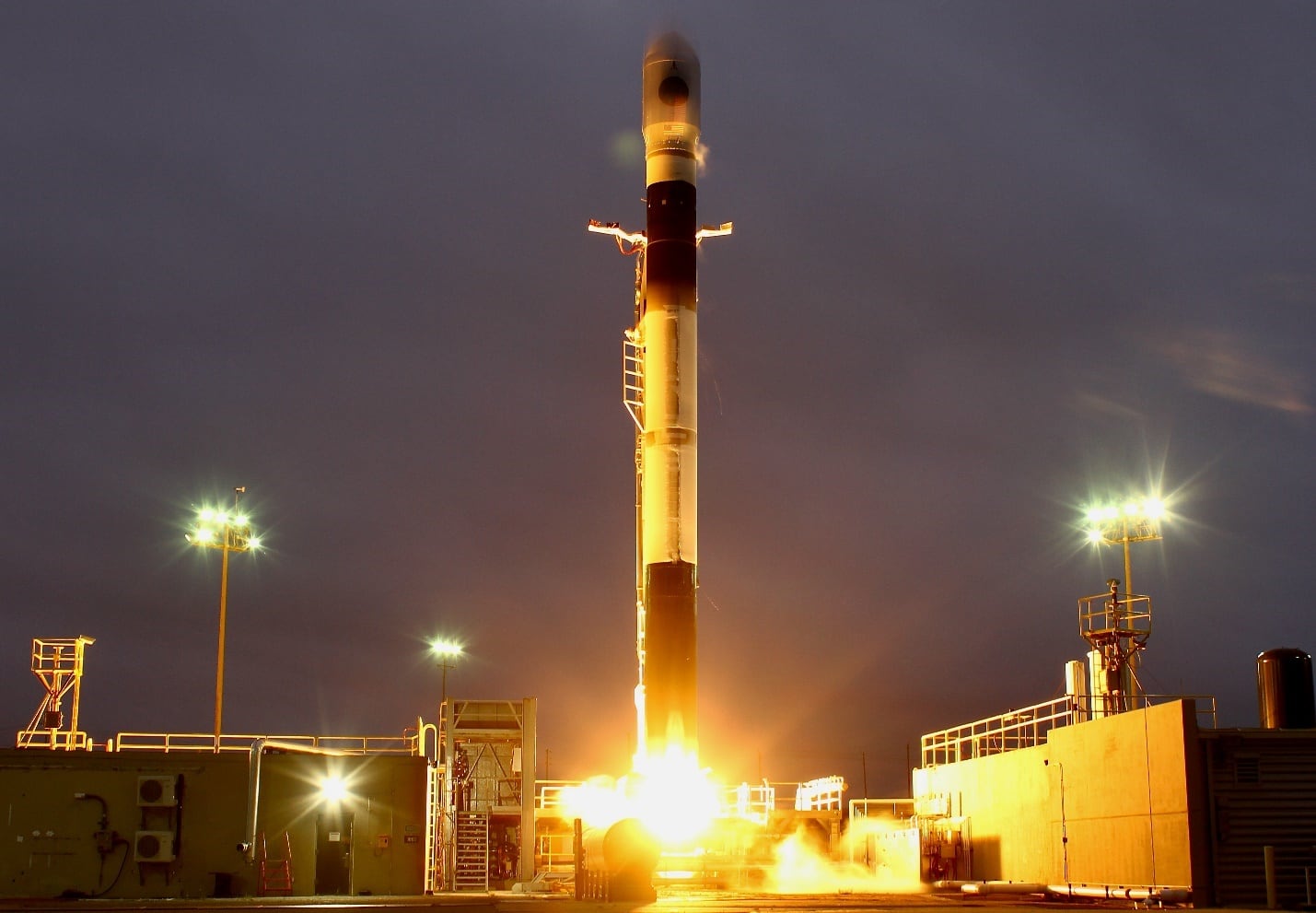The Space Force is expected to make history later this year when it launches its first guardian into space on a NASA mission.
Col. Nick Hague will pilot SpaceX’s Crew-9 mission, which will carry four crew members aboard the company’s Dragon spacecraft to the International Space Station sometime in August or later, the service announced Wednesday.
Hague will serve as a flight engineer aboard the ISS, where he and the other astronauts will spend six months completing research and the daily work of running the orbital outpost.
He’ll join others already aboard the ISS to live in zero-gravity alongside his Crew-9 teammates, American astronauts Commander Zena Cardman and Mission Specialist Stephanie Wilson, and Roscomos cosmonaut Mission Specialist Aleksandr Gorbunov.
While the trip is a first step for the Space Force, it may feel like less of a giant leap for Hague.
Picked by NASA as an astronaut in 2013, this will be Hague’s third launch and second mission to the space station. His first attempted trip to the space station in 2018 was aborted after a rocket booster malfunction; in 2019, Hague served as the flight engineer at the ISS for 203 days, during which he spent nearly 20 hours on three spacewalks and performed hundreds of scientific experiments.
After returning home from orbit in October 2019, Hague became the newly created Space Force’s director of test and evaluation. He officially transferred to the service from the Air Force in 2021.
RELATED

Hague is a 1998 graduate of the U.S. Air Force Academy, where he earned a bachelor’s degree in astronautical engineering. About two-thirds of NASA astronauts have served in the military, the Space Force said.
“Being a part of this mission is a unique honor, but it’s truly a collective effort,” Hague said. “Guardians worldwide ensure safe and secure operations of critical systems for launch and on station. From GPS satellites that underpin our station navigation systems, to space domain awareness sites around the globe that help NASA prevent orbital debris from colliding with the space station, to the launch range that my crew will use when we liftoff, guardians provide critical support without which our NASA human spaceflight program wouldn’t be possible.”
The Crew-9 mission is part of NASA’s Commercial Crew Program, designed to shuttle workers to and from the ISS, where scientists are researching the challenges of long-duration space flight.
For now, the rest of the Space Force will remain firmly on the ground.
Courtney Mabeus-Brown is the senior reporter at Air Force Times. She is an award-winning journalist who previously covered the military for Navy Times and The Virginian-Pilot in Norfolk, Va., where she first set foot on an aircraft carrier. Her work has also appeared in The New York Times, The Washington Post, Foreign Policy and more.








